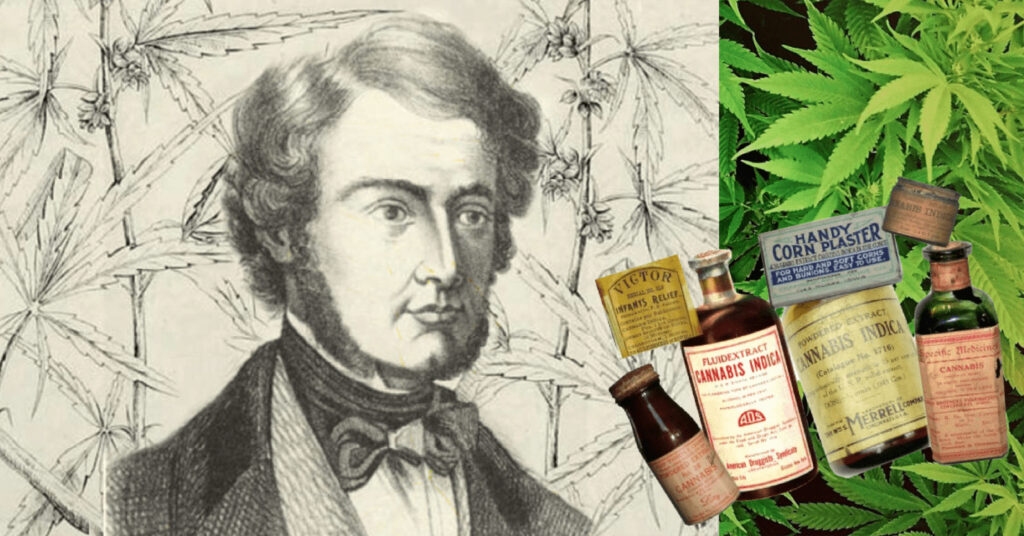
Gem Marq Mutia, MD
Cannabis, or more commonly known as Marijuana, is one of the earliest crops to be cultivated by mankind for food, fiber, medicine, and ritualistic purposes. The earliest archaeological evidence of this was the discovery of baskets made from hemp estimated to be 26,000 years old, in what is now the Czech Republic. The earliest written record of its medicinal use, however, was almost 5000 years ago by Chinese Emperor Shen-Nung. According to his account, cannabis was already being used for more than 100 ailments, from rheumatism to malaria.
Other ancient civilizations followed suit. Cannabis was used for a plethora of ailments in Ayurvedic medicine. The Egyptian medical papyrus includes cannabis, and its pollen was even recovered from the mummy of Ramesses II. The physician Claudius Galen documented its widespread use throughout the Greco-Roman Empire. Throughout millennia, its use spread across the globe.
In the 19th century, the use of cannabis was introduced to western medicine by Irish doctor William O’Shaughnessy, who in 1843 published its medicinal qualities in the Provincial Medical Journal. It was soon included in the British and American pharmacopeias, with Sir William Osler, one of the founders of Johns Hopkins and considered the Father of Modern Medicine, declared that it is the best remedy for migraine.
The earliest documented evidence of cannabis in the Philippines came from its most prominent Physician, Dr. Jose Rizal. In a letter to fellow anthropologist and friend Dr. Adolph Meyer, Rizal said: “I myself though, in 1879, used Hashish in the Philippines. I did it for experimental purposes, and obtained the substance from a Drugstore.”
Rizal’s experimentation with Hashish, or crude cannabis resin, is interesting for sure. But what’s more important is the revelation of the availability of pharmaceutical cannabis on our soil, even before the founding of our nation. I couldn’t help wonder if other records of cannabis use, by Rizal or our indigenous people, were lost to colonial powers. We are lucky Rizal’s letter survived in the possessions of Dr. Meyer, because the turn of the 20th century saw the start of the demonization of the plant.
Advances in technology made possible the isolation and synthesis of purified compounds. Unlike morphine, which was isolated from opium in 1805, the active ingredients of cannabis remained elusive in the early 20th century. Isolated and synthetic drugs won over unrefined, unstandardized medical cannabis preparations. Cannabis moved out of the drugstores and into the drug dens.
The diminished medical use, and concomitant increase in recreational use, lead to the enactment of the Marijuana tax act of 1937 in the US, despite the opposition of the American Medical Association. Harry Anslinger, head of the Federal Narcotics Bureau and instigator of the act, claimed that “most marijuana smokers are Negroes, Hispanics, and Filipinos. Their satanic music, jazz and swing, result from marijuana usage. This marijuana causes white women to have sexual relations with negroes, entertainers, and others.”
The inaccurate, exaggerated, and unscientific allegations against cannabis users was epitomized by the propaganda film Reefer Madness. The film portrays cannabis users as drug-crazed psychotics with a propensity for murder, rape, and other crimes, which still holds to this day. Other nations followed the US lead, which lead to the 1961 Single Convention of Narcotic Drugs putting cannabis under international prohibition.
The isolation of Cannabidiol (CBD) in 1963, and Tetrahydrocannabinol (THC, cannabis’ primary psychoactive component) in 1964, opened the floodgates of cannabis research. Studies on the effects of these Phytocannabinoids lead to the discovery of a 600-million-year-old signaling system found in all animals, The Endocannabinoid System (ECS). The ECS is widely distributed throughout the body across all organs, and functions to maintain the body’s internal balance.
Turns out, THC and CBD mimics naturally-produced cannabinoids inside the body, called Endocannabinoids. These Endocannabinoids regulate our mood, appettite, sleep cycle, pain tolerance, etc – which explains the reported effects of cannabis consumption. This lead to the FDA-approval of synthetic THC (Marinol) in 1985 for chemotherapy-associated nausea and vomiting. Other indications soon followed, and many jurisdictions have relaxed their cannabis policies on the grounds of compassion and human rights.
With the help of science, we are beginning to rekindle our intimate relationship with this plant. Cannabis is moving out of the drug dens back into the drug stores and medicine cabinets. ***
Dr. Mutia is a licensed physician, and founder of the Philippine Society of Cannabinoid Medicine. He is also a researcher, international lecturer, and resource speaker during the 18th and 19th Philippine Congress.
